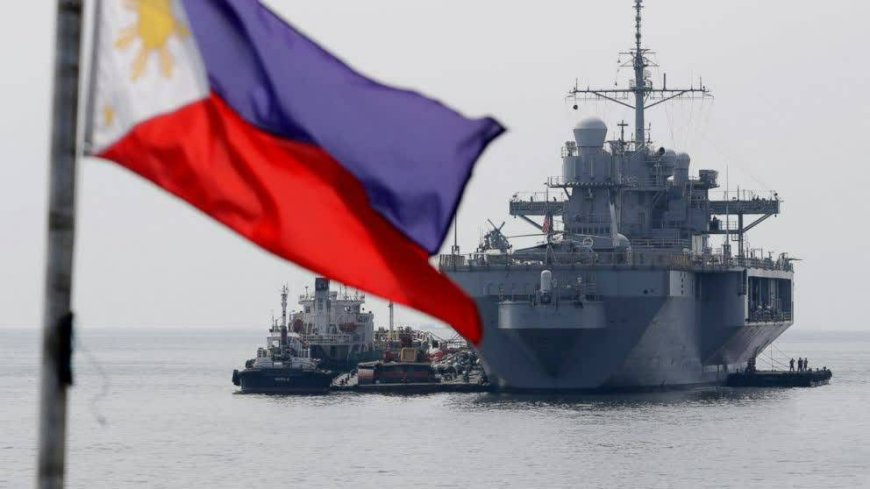US-China Rivalry Escalates: The Philippines as a Strategic Chess Piece in Regional Dynamics
US-China Rivalry Escalates: The Philippines as a Strategic Chess Piece in Regional Dynamics

The South China Sea, an expansive body of water within the Pacific Ocean, is home to a multitude of uninhabited islands. Its significance lies in the presence of valuable oil and gas reserves near these islands, as well as its role as a crucial global shipping route, facilitating one-third of the world's shipping lines. While all countries bordering the South China Sea lay claim to portions of it, the primary contenders for ownership are China, Vietnam, and the Philippines.
Recognizing the strategic importance of the South China Sea, the United States has capitalized on the opportunity to enhance its presence and influence in East Asia by aligning itself with nations embroiled in territorial disputes with China. Despite China's professed commitment to peaceful coexistence and development, the US has employed various tactics, including intimidation, to portray China as a threat to peace and security. This approach has raised concerns among regional actors who fear an escalation of tensions and a diminution of their own influence.
Among these regional actors, the Philippines has emerged as a pivotal ally for the United States in countering China's influence. The Philippines, formerly an American colony, became a US ally in 1951, shortly after gaining independence. During the Cold War, the Philippines hosted major US military bases and played a crucial role in American military operations in Korea and Vietnam. Presently, its geographical proximity to Taiwan renders it a vital component of US plans to deter and respond to Chinese aggression in the region.
While Philippine nationalism led to the closure of US military bases in the late 1990s, recent years have witnessed a renewed partnership between the two nations. In response to China's escalating military pressure in the South China Sea, an area also claimed by the Philippines, the two countries inked the Enhanced Defense Cooperation Agreement (EDCA) in 2014. This agreement grants the US access to Philippine bases for joint operations and enables the construction of essential facilities, including airports, runways, fuel storage, and military housing.
In February of this year, the Philippine government allocated an additional four military bases to the United States, augmenting the total number of American bases in the Philippines to nine. These bases are strategically located, with three in the northern Philippines near Taiwan and one in the southern tip of Palawan Island, situated in close proximity to the South China Sea.
The United States' endeavors to bolster its military presence in the Philippines are driven by the country's geographical proximity to the South China Sea and its position deep within Southeast Asia. Consequently, the Philippines assumes a valuable role for the US, providing convenient access for the 7th Fleet to oversee both the northern and southern regions of the Pacific Ocean. The close alliance between the Philippines and the United States is perceived as a demonstration of American strength in the face of China's assertiveness. It is plausible that the Philippine government also seeks to leverage this partnership to address its own military limitations when confronted with China's territorial disputes in the Scarborough Shoal and the Spratly Islands, which have heightened the risk of a regional conflict in this volatile part of the world.













































